

Sustainability in fashion is a notion being explored as a fascinating textile direction by designers, brands and customers alike in the industry at the minute. Although it is a concept that is currently very much in vogue and has been for the past few years, it needs to develop longevity and become a way of life rather than another fading fad in order to have any impact on our exhausted planet. The movement towards environmentally friendly fashion aims to spread, maintain and continue a philosophy of social responsibility and consideration in all arenas, be it creation, production or retail.
In previous years environmentalism established itself in donations to charity through cuts from sales but now the fashion industry is taking amuch more pro-active approach. The change to use of eco-friendly schemes at the source and encouraging designers to be more physically involved nips the problem in the bud rather than compensating for damage later on. Employing eco-friendly methods and materials in the creative sector will make the carbon footprint of fashion decrease at a much faster rate than before considering that currently, two thirds of a garments carbon footprint occurs after being purchased.
Corporations such as The National Association of Sustainable Fashion, a small non-profitable organisation, assist eco-conscious designers by providing them with specialised training and access to the tools and resources of the industry. It is groups like this that are going to be transformative to the design industry and eventually eradicate the raw materials that require over 8,000 chemicals to be transformed into usable textiles. Organic fabrics can be transferred to the biggest trends on the runway this season including silk, lace, velvet and leather.
Designers and brands such as Stella McCartney and Rapanui will be replacing materials such as cotton, a crop rich in chemicals, with bamboo, corn, soy and (believe it or not) pineapple which all constitute more eco-healthy cellulose fibres. The pesticides used to grow non-organic cotton causes irreversible damage to both the environment and inevitably, the garment wearer.
Another direction being taking down the road of fashion is the reuse of wasted fabrics. Vintage clothing revolves around reclamation and recycling which is a noticeable trend throughout and a concept high-end as well as high-street are jumping on. The Battalion is a line developed by designer Linda Wong who, having lived in Taiwan, believes recycling makes perfect sense and features comfortable dresses for the modern woman who is never satisfied by the mainstream. Garments belonging to this collection are extremely on-trend whilst remaining ultra-wearable as they are made from soft organic cotton, bamboo and 'peace' silk. The Battalion is the self-professed "modern purveyor of green luxury" and their Black Ballerina Dress would make for an ideal addition to your Winter LBD collection.
Similarly, leading highstreet store Topshop collaborated with higher end brand, Goodone to create a collection that was eco-conscious whilst remaining fashion forward. Goodone is an independent fashion label that "reflects contemporary London through conscious design", winning a myriad of awards for their green outlook on textiles.
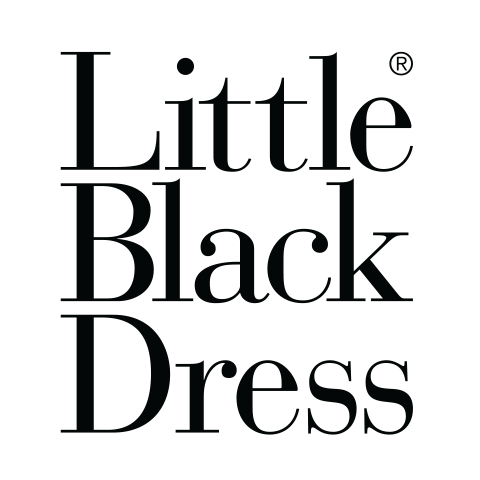

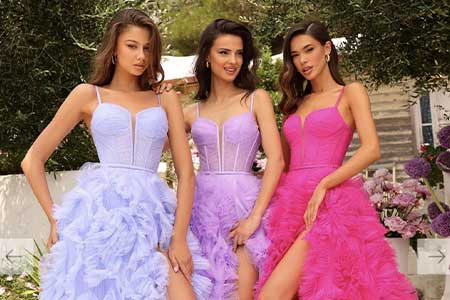
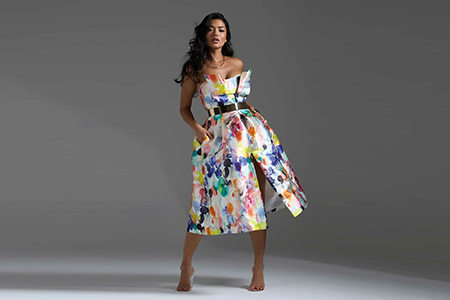
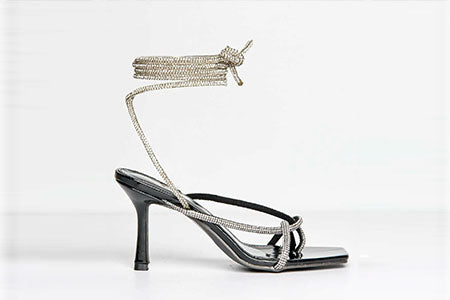
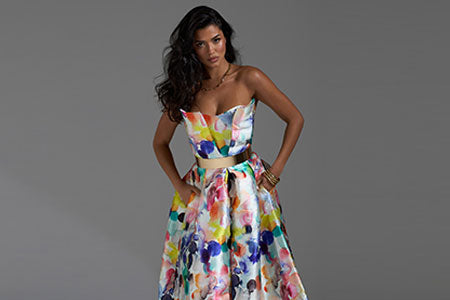

Leave a comment
This site is protected by hCaptcha and the hCaptcha Privacy Policy and Terms of Service apply.